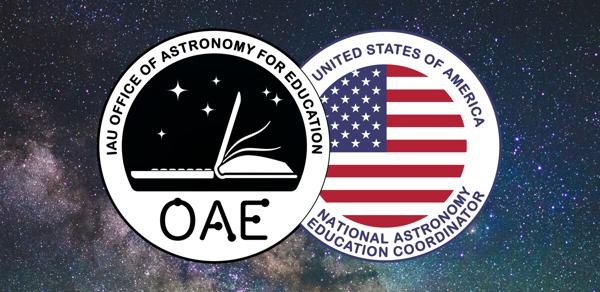Glossary term: 星際介質
Description: 星際介質(ISM)是一個術語,用來描述星系中恆星系統之間的所有氣體和塵埃。我們的太陽系位於銀河系的銀盤中,這裡的大部分星際介質都是原子氫、原子氦和塵埃的混合物。
與行星大氣層相比,星際介質的密度非常低,其典型密度小於每立方釐米一個粒子,大約是地球大氣層密度的五千億億分之一。在整個銀河系中,ISM 的密度和溫度變化很大,分為幾個不同的組分。
銀盤中體積最大的星際介質組分是暖原子氣體和暖電離氣體,它們的溫度都在8000開爾文(K)左右,密度約為每立方釐米半個原子或離子。體積較小的星際介質組分以溫度約為40K的更冷、密度更大的原子氣體的形式存在。體積更小的星際介質組分是溫度更低(<20 K)、密度更大(每立方釐米高達一百萬個分子)的氫分子雲。其中一些分子雲會在自身引力的作用下坍縮,從而形成新的恆星。銀河系中的分子雲主要分布在旋臂中。銀盤周圍的氣體溫度極高(數百萬開爾文),密度極低。
恆星通過恆星風和超新星把氣體和塵埃注回星際介質。返回到星際介質的氣體和塵埃含有較多的重元素(金屬),因此隨著時間的推移,這些重元素在銀河系內的富集程度也在增加。星際介質中的氣體和塵埃是造成星際消光的主要原因。
Related Terms:
See this term in other languages
Term and definition status: The original definition of this term in English have been approved by a research astronomer and a teacher The translation of this term and its definition is still awaiting approval
This is an automated transliteration of the simplified Chinese translation of this term
The OAE Multilingual Glossary is a project of the IAU Office of Astronomy for Education (OAE) in collaboration with the IAU Office of Astronomy Outreach (OAO). The terms and definitions were chosen, written and reviewed by a collective effort from the OAE, the OAE Centers and Nodes, the OAE National Astronomy Education Coordinators (NAECs) and other volunteers. You can find a full list of credits here. All glossary terms and their definitions are released under a Creative Commons CC BY-4.0 license and should be credited to "IAU OAE".
If you notice a factual or translation error in this glossary term or definition then please get in touch.
Related Media
獵戶座在埃特納火山上空升起
Credit: Dario Giannobile/IAU OAE
License: CC-BY-4.0 Creative Commons 姓名標示 4.0 國際 (CC BY 4.0) icons
M45昴星團與壯麗的塵埃
Credit: Mohamed Usama/IAU OAE
License: CC-BY-4.0 Creative Commons 姓名標示 4.0 國際 (CC BY 4.0) icons










